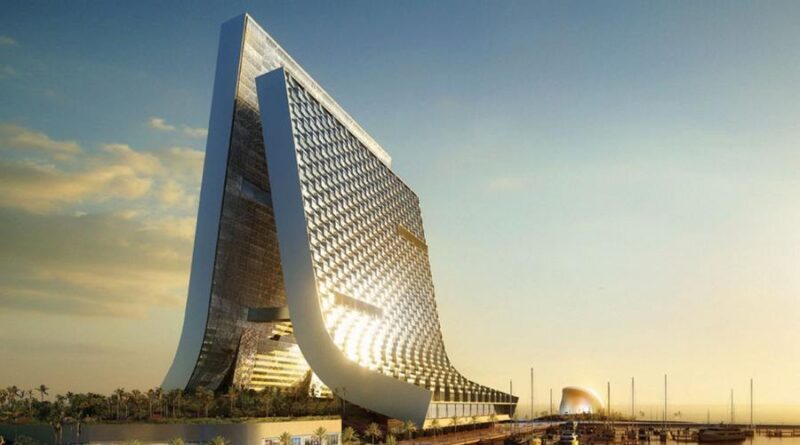For those who marvel at the grandeur of buildings and the stories they tell, traveling can be a journey through the annals of architectural evolution. This article is a curated guide for architecture enthusiasts, highlighting must-visit destinations around the world known for their iconic and innovative designs.
The Evolution of Architecture Through Ages
Architecture has been the silent witness to the unfolding of human history, evolving with every passing era. Each style and design tells a unique story, from the sturdy stone structures of ancient civilizations to the soaring skyscrapers of the modern world. The ancient Egyptians’ pyramids showcase their mastery of engineering, while Gothic architecture, with its pointed arches and elaborate ornamentation, reflects the grandeur of medieval Europe. The Renaissance period brought a revival of classical Greek and Roman styles, emphasizing symmetry and proportion. In contrast, Modernism, with its emphasis on function and simplicity, broke free from historical architectural styles, leading to the contemporary skyscrapers that dominate today’s city skylines.
Architecture: A Mirror of Cultures and Civilizations
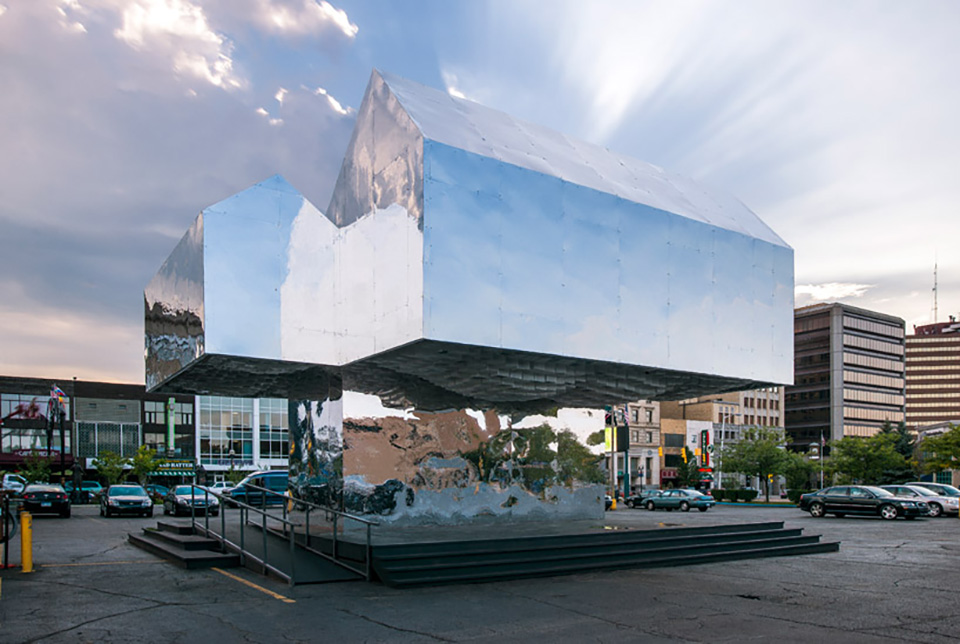
source: thecoolist.com
The built environment is a powerful cultural symbol. It reflects the values, beliefs, and aspirations of its creators. For instance, the Parthenon in Athens embodies the ideals of ancient Greek civilization, while the Great Wall of China symbolizes the historical significance of protection and perseverance. In India, the Taj Mahal is not just a mausoleum but a representation of Mughal architecture’s intricacy and elegance. Each of these structures provides insight into the societal norms and cultural fabric of the times and places in which they were built.
Iconic Skyscrapers: New York City, USA
New York City is a living museum of architectural evolution. The Chrysler Building and the Empire State Building are quintessential examples of Art Deco style. At the same time, newer structures like the One World Trade Center represent the pinnacle of contemporary design and technology. These skyscrapers are more than just office spaces; they are symbols of American innovation and resilience.
Ancient Wonders: Rome, Italy
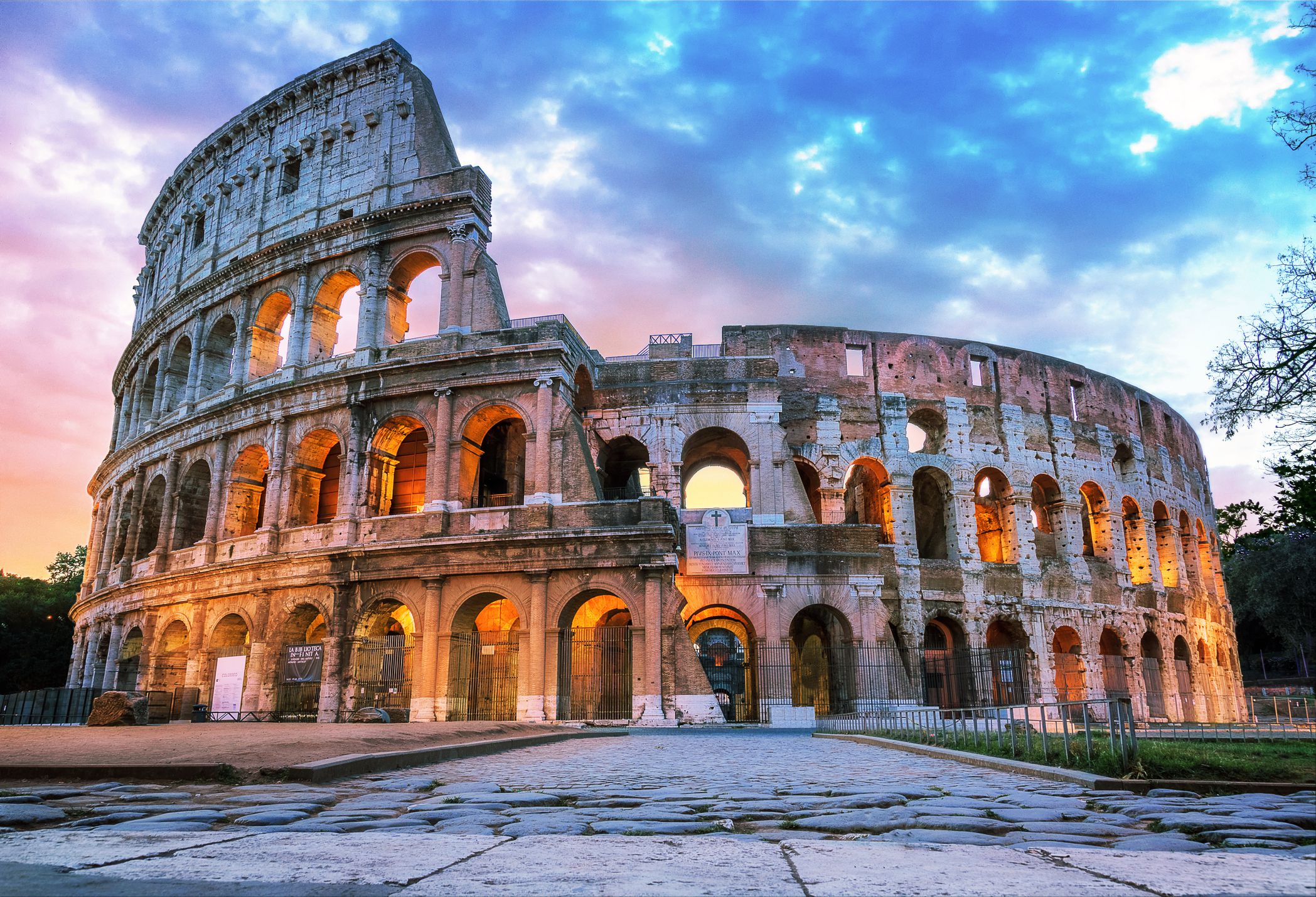
source: ThoughtCo
Rome’s architectural heritage offers a window into the past. The Colosseum’s massive structure and the Pantheon’s domed roof reflect the architectural brilliance of ancient Rome. These buildings are not mere tourist attractions but enduring Roman engineering and urban planning legacies, influencing modern architecture.
Modern Marvels: Dubai, UAE
Dubai is a testament to what modern architecture can achieve. The city’s audacious projects, like the Burj Khalifa and the Palm Islands, push the boundaries of architectural design. These projects are not just feats of engineering; they symbolize Dubai’s ambition to be a global leader in innovation and luxury.
Sustainable Architecture: Copenhagen, Denmark
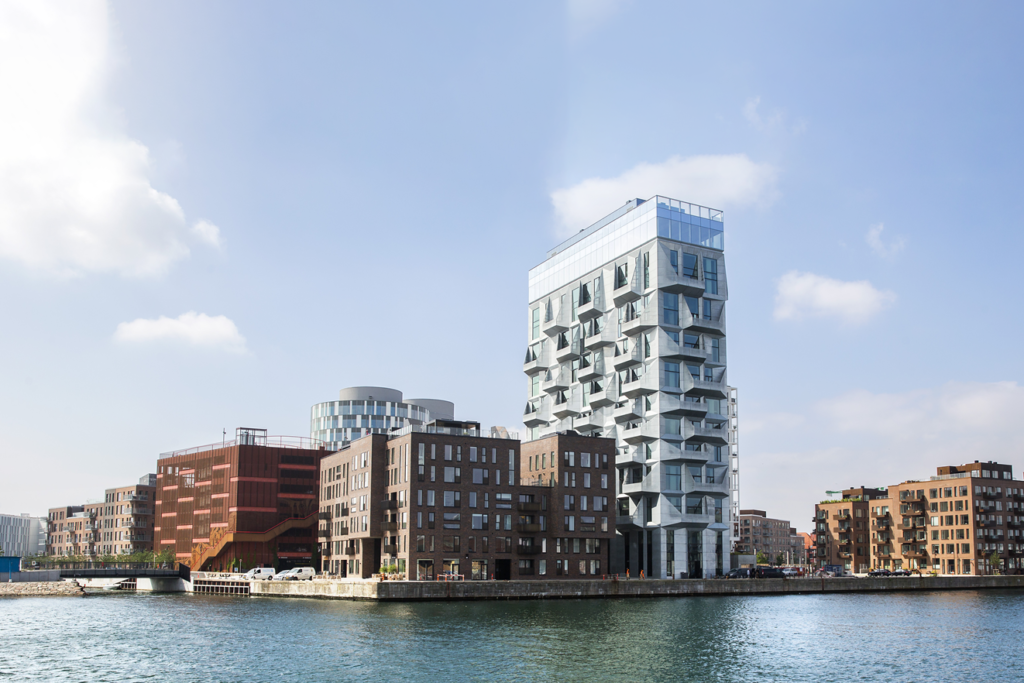
source: scandinaviastandard.com
Copenhagen’s commitment to sustainability is evident in its architecture. The city’s buildings blend functionality with environmental responsibility, like the 8 House and the VM Houses. These structures are designed not just for aesthetic appeal but also for energy efficiency, waste reduction, and improving the quality of urban life.
Multifamily Architectural Wonders: Singapore
Singapore is revolutionizing multifamily residential architecture. The Interlace, a complex of interlocking apartment buildings, and the Pinnacle@Duxton, a series of high-rise flats connected by sky bridges, are reshaping urban living. These developments highlight how multifamily investments are creatively addressing urban space challenges. Interestingly, financing such innovative projects often involves sophisticated real estate investment practices, blending architectural ambition with financial acumen.
Historic and Modern Fusion: Barcelona, Spain
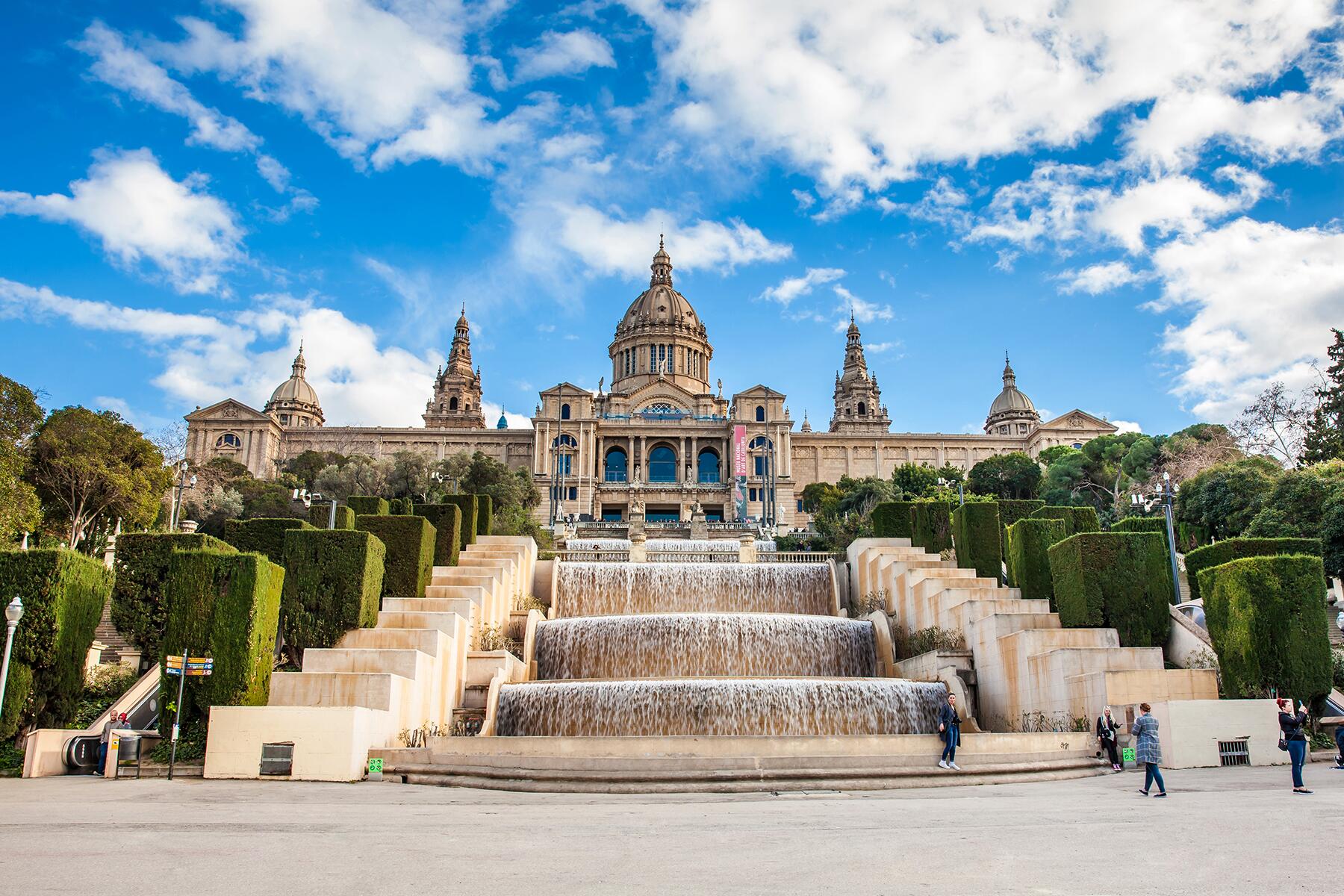
source: fodors.com
Barcelona is a city where architecture narrates the tale of time. The Gothic Quarter, with its narrow medieval streets, starkly contrasts the modernist marvels of Antoni Gaudí, such as the Sagrada Família and Casa Batlló. These structures are not just buildings but artistic statements, blending functionality with surreal, organic forms that have become synonymous with the city’s identity.
Futuristic Designs: Tokyo, Japan
Tokyo’s skyline is a canvas of futuristic designs. From the sci-fi-like Tokyo Tower to the unconventional Mode Gakuen Cocoon Tower, Tokyo’s architecture is a blend of traditional Japanese design elements and cutting-edge technology. These buildings reflect Tokyo’s vision of the future, where architecture is integral to the city’s dynamic and ever-evolving character.
Architecture as an Art Form
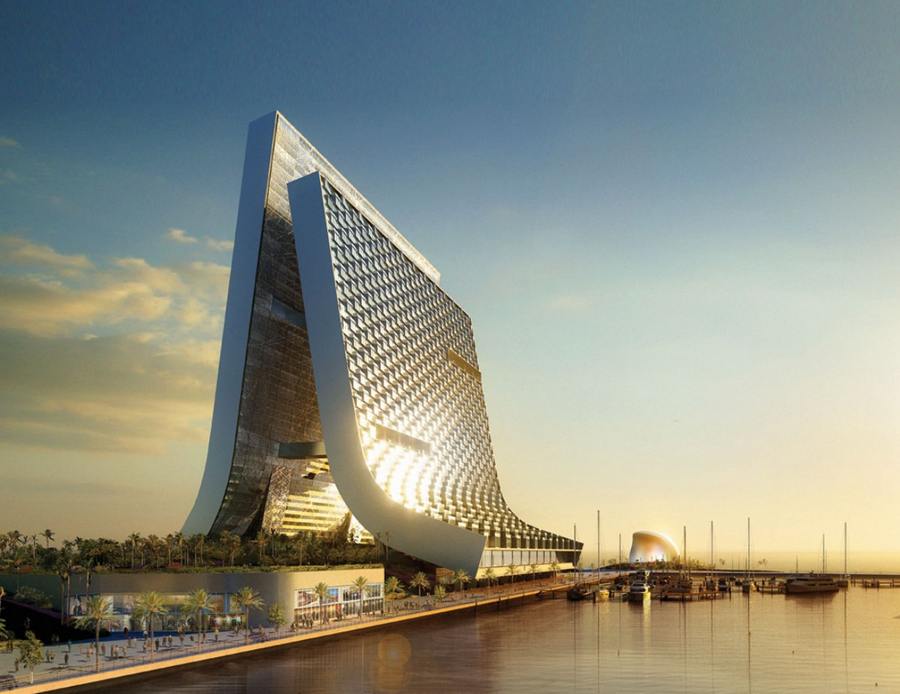
source: boredart.com
Architecture transcends its utilitarian function to become a form of art. Architects like Frank Gehry and Zaha Hadid have used their designs to challenge perceptions and push boundaries, creating visually stunning and emotionally evocative buildings. Like the Guggenheim Museum Bilbao and the London Aquatics Centre, their works are not just structures but sculptural masterpieces, showcasing the limitless possibilities of human imagination and creativity in architecture.
The Role of Architecture in Shaping Societies
Architecture plays a pivotal role in shaping the way societies function. It influences how people interact, work, and live. The design of public spaces, from parks to plazas, can encourage community engagement and social interaction, while well-planned urban spaces can enhance the overall quality of life. Architecture, in this sense, is not just about buildings; it’s about creating habitats that nurture and sustain human communities.
The world offers endless architectural wonders for those who find beauty and meaning in buildings. Each destination mentioned here tells a unique story, not just of design and structure, but of the people, cultures, and eras they represent. For the architecture enthusiast, every city has a story to tell, and each building is a chapter worth exploring.

